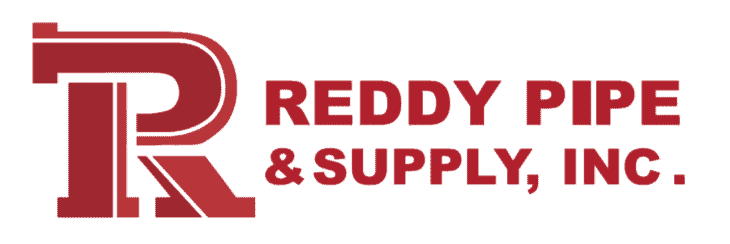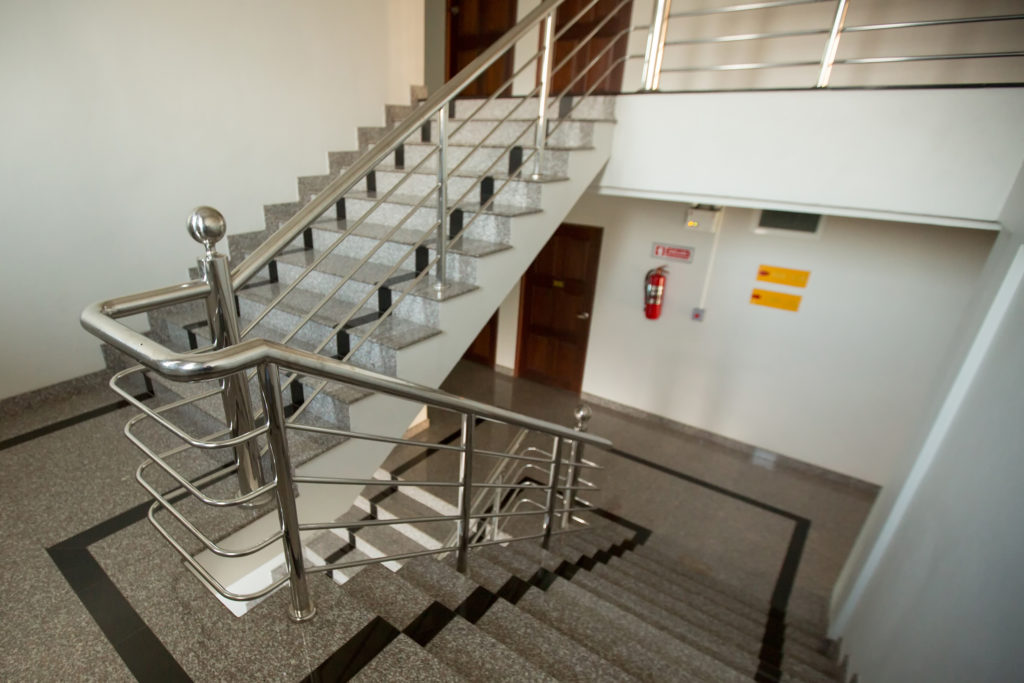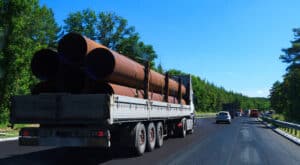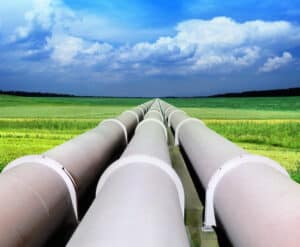To the average person, a pipe is little more than a hollow tube that you use to pass stuff through. They’ve been around for thousands of years and probably have more uses than you can count. Over the centuries, pipes have been made from various materials, but today’s pipes have to be sturdier than in the past. They must be able to stand up to all sorts of fluids, temperatures, and stress. To that end, if you’re looking for a pipe that will withstand all modern-day pressures, you’ll want to go with steel. The problem is, what type of steel pipe is best suited for your particular use?
It would be best if you chose your pipes based on their specific purpose. Below we list the three primary uses for them to help you decide which one will best suit your needs.
Structural
Structural pipes are commonly used in buildings and construction. Their purpose is not just to allow the substance it will contain to flow freely but also to give additional support and stability to the building they will be installed in.
Two different types of steel pipes can be used in this way:
- End-bearing piles
- Friction piles
These pipes are installed in the early stages of construction. They are driven deep into the ground before laying the foundation. The added strength of the steel provides additional support to the building, especially in cases where the ground may not be very secure. Structural pipes can also be used as scaffolding poles for use by workers to help them access areas that would typically be out of reach.
Manufacturing
In the manufacturing industry, pipes can be used as a safety feature. They can be used as guard rails around stairways or balconies. Other uses for these pipes can be to cordon off an area to prevent pedestrians or vehicles from entering danger zones. Manufacturing pipes have also been used to create outdoor furnishings, bike racks, or other security measures.
Transportation
Because steel is such a solid raw material, these pipes also have many uses in the transportation industry. In low-pressure environments, the pipes do not have to be extremely strong. If your specific purpose does not require significant weight-bearing needs, it can be installed in many locations. However, if the pipes will be subjected to extreme stress, such as in transporting oil and gas, you should consider tubes designed to withstand the excess pressure and lower the risk of possible hazards.
Steel pipes have many uses that go far beyond what you might expect. They are much stronger than those made of other materials, so you must choose one that meets your specific needs. However, that is only the beginning of your decision. After you’ve decided on the type of pipe you want to buy, you’ll have to decide on the steel you need.
It’s a big decision, so if you’re struggling with what to do, consider consulting with a steel pipe expert to guide you to the best decision to meet your needs.





